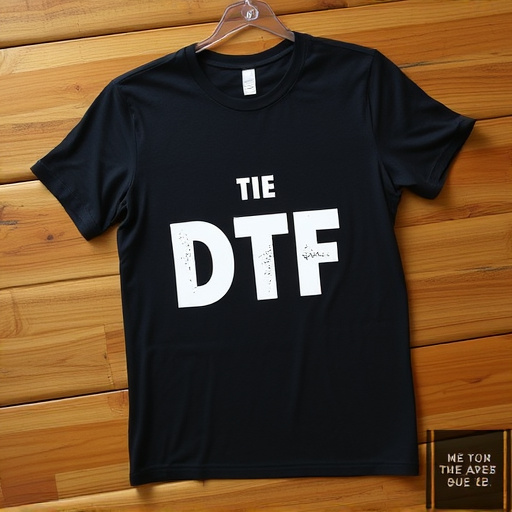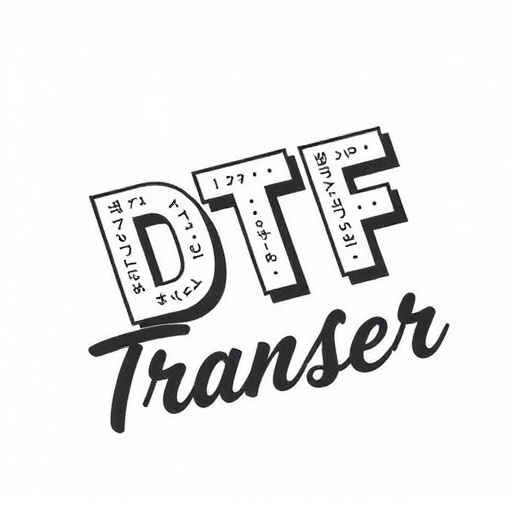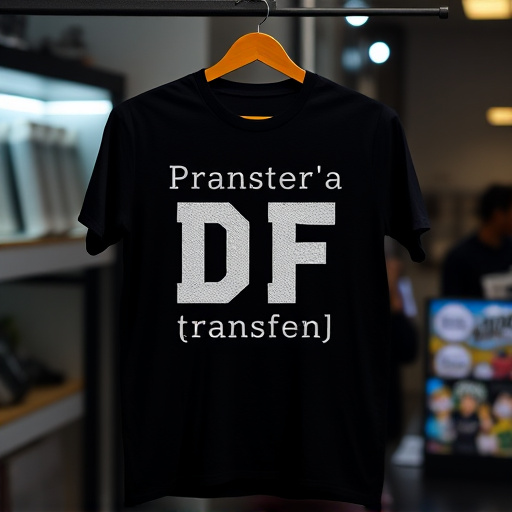Direct-to-Film (DTF) transfer printing offers a versatile method for creating decorative and functional surfaces on diverse materials. When selecting fabrics, consider porosity, texture, and finish for optimal print quality. Proper surface preparation is crucial. Common materials include vinyl, polyester, polycarbonate sheets, fabric (cotton, linen, polyester blends), and paper/cardboard. High-quality DTF prints demand precise approach with smooth surfaces, proper ink adhesion, high-resolution images, and controlled environmental conditions. The future of DTF technology includes smart fabrics, sustainability, and advanced ink technology for vibrant, long-lasting prints.
Direct-to-film (DTF) transfer printing is a cutting-edge technique revolutionizing product customization. This article explores the optimal fabrics and surfaces for DTF application, delving into the intricacies of fabric selection, preparation techniques, and material considerations. From understanding DTF transfer’s potential to uncovering future trends in technology and fabric innovations, we provide valuable insights for achieving high-quality DTF prints. Discover the key factors that ensure exceptional results in this dynamic printing process.
- Understanding Direct-to-Film (DTF) Transfer: A Brief Overview
- Key Factors in Choosing Optimal Fabrics for DTF Printing
- Surfaces That Excel in DTF Application: Preparation and Considerations
- Popular DTF Print Materials: Their Pros and Cons
- Achieving High-Quality DTF Prints: Techniques and Tips
- Future Trends in DTF Technology and Fabric Innovations
Understanding Direct-to-Film (DTF) Transfer: A Brief Overview
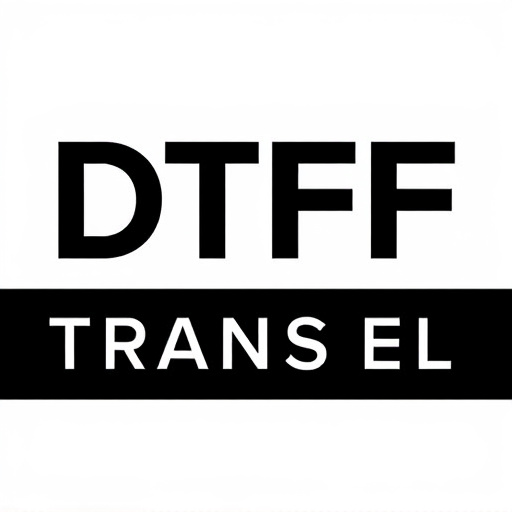
Direct-to-Film (DTF) transfer is a cutting-edge printing technique that has revolutionized the way we produce decorative and functional surfaces on various materials. This method involves applying design elements or images directly onto a film, which is then transferred to a substrate of choice. DTF offers unparalleled versatility, allowing for prints on an extensive range of surfaces, from glass and metal to wood and textiles. The process starts with high-resolution printing on a special film, ensuring precise color reproduction and sharp details.
Unlike traditional printing methods that rely on ink or paint, DTF utilizes a thin layer of heat-activatable material. When the film is heated, the design becomes permanently bonded to the substrate, resulting in vibrant and long-lasting DTF prints. This technology has gained immense popularity due to its efficiency, speed, and ability to create high-quality, custom designs on demand. Whether it’s for interior decoration, product branding, or artistic expression, understanding the DTF transfer process is key to unlocking endless creative possibilities across various industries.
Key Factors in Choosing Optimal Fabrics for DTF Printing

When selecting fabrics for direct-to-film (DTF) printing, several key factors come into play to ensure optimal results. The primary consideration is the fabric’s suitability for receiving and retaining ink. DTF transfer quality depends on a material’s porosity, allowing ink to penetrate evenly while avoiding excessive absorption or repelling the print. Natural fabrics like cotton and linen are popular choices due to their breathable nature and ability to accept ink well. However, synthetic materials such as polyester and nylon also offer advantages, providing excellent color reproduction and fast drying times.
Additionally, the fabric’s texture plays a crucial role in achieving high-quality DTF prints. A smooth surface facilitates better ink adherence, leading to crisp and detailed designs. Textured fabrics can create challenges in even ink distribution, potentially resulting in uneven prints. Therefore, choosing the right material with an appropriate finish is essential for producing vibrant and long-lasting DTF transfers and prints.
Surfaces That Excel in DTF Application: Preparation and Considerations
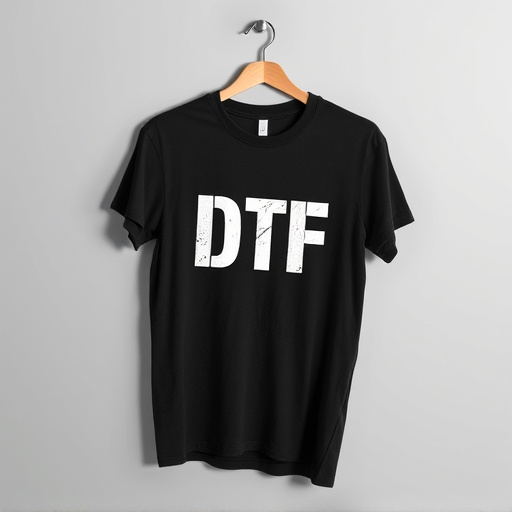
Surfaces that excel in direct-to-film (DTF) application require careful preparation to achieve optimal results. Smooth, clean, and free from contaminants are ideal characteristics for DTF transfer effectiveness. Common materials like vinyl, polyester, and polycarbonate sheets offer excellent compatibility with DTF printing technologies. Before applying the film, surfaces should be thoroughly cleaned to remove any dust, grease, or previous print residue. This process ensures that the adhesive bond between the film and surface is strong and long-lasting.
Preparation also involves considering the specific properties of the fabric or surface material. For instance, rough textures might require additional smoothing techniques to ensure even film adhesion. Porous materials may need a primer application to enhance their ability to hold the DTF prints. Proper preparation not only secures lasting DTF transfers but also enhances the overall visual appeal and durability of the final prints, making them suitable for various applications from signage to product branding.
Popular DTF Print Materials: Their Pros and Cons
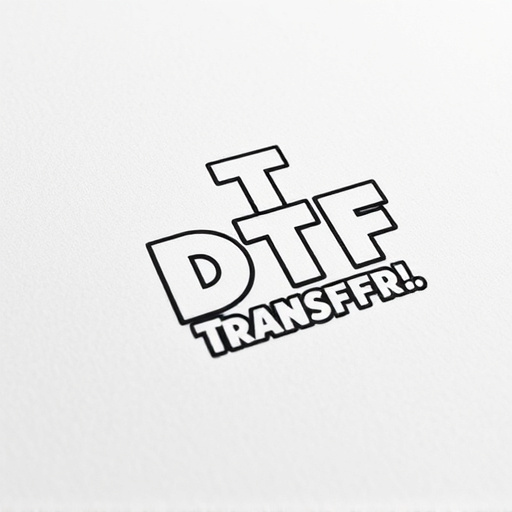
Direct-to-film (DTF) printing has gained immense popularity for its versatility and ability to produce high-quality prints on a variety of surfaces. When it comes to choosing the right materials for DTF transfer, several options are available, each with its unique advantages and drawbacks.
One commonly used material is vinyl, known for its durability and weather resistance, making it ideal for outdoor applications. Vinyl DTF transfers offer vibrant colors and sharp details, suitable for signage, banners, and advertising materials. However, they may be less flexible compared to other options and can be sensitive to heat during application. Another popular choice is fabric, particularly cotton and polyester blends, which provide a soft, breathable surface for printing. Fabric DTF prints are sought after for their comfort and versatility, suitable for apparel, accessories, and home décor items. Yet, they may require specialized care to maintain their quality over time. Additionally, materials like paper and cardboard remain viable options for temporary or low-cost DTF applications, offering ease of use but with limited durability and colorfastness.
Achieving High-Quality DTF Prints: Techniques and Tips
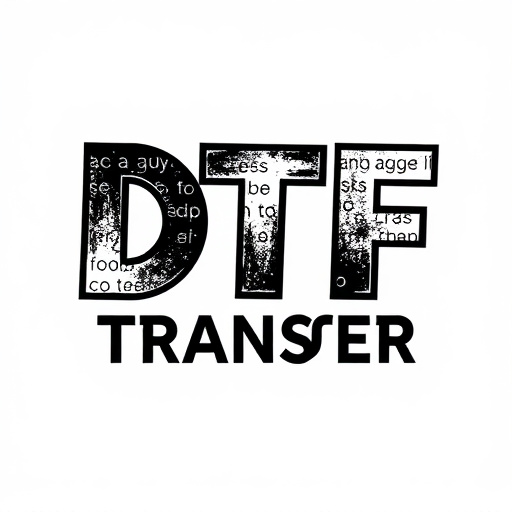
Achieving high-quality DTF (Direct-to-Film) prints requires a meticulous approach and an understanding of the process. The key lies in selecting optimal fabrics and surfaces that complement the transfer technology. Smooth, non-porous materials like vinyl, polyester, or coated fabrics are ideal for DTF Printing as they ensure consistent ink adhesion. Pre-treating these surfaces with appropriate primers can further enhance print quality by creating a more receptive layer.
Technicians should pay close attention to print settings, using high-resolution images and precise registration to produce sharp, detailed DTF Prints. The use of specialized inks designed for DTF Transfer can also make a significant difference, offering vibrant colors and a smooth finish. Additionally, controlling environmental factors such as temperature and humidity during the printing process is crucial to prevent smudging or ink shifting, resulting in long-lasting, high-impact DTF applications.
Future Trends in DTF Technology and Fabric Innovations
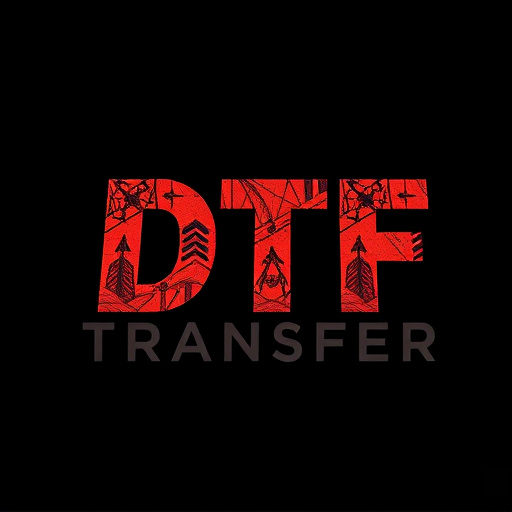
The future of Direct-to-Film (DTF) technology promises exciting innovations that will revolutionize the way we create and apply prints. As DTF gains traction across various industries, researchers and manufacturers are continuously exploring new fabric options to enhance durability and print quality. One of the emerging trends is the development of smart fabrics integrated with DTF transfer techniques, enabling dynamic designs that can change over time or respond to external stimuli. These adaptive materials could find applications in fashion, sportswear, and even interactive art installations.
Fabric innovations also focus on sustainable practices, driving the industry towards eco-friendly alternatives. Recycled polyester and organic cotton are gaining popularity as base materials for DTF prints due to their reduced environmental impact. Additionally, advancements in ink technology aim to provide more vibrant and long-lasting DTF prints, ensuring that colors remain rich and fast even after multiple wash cycles. These trends suggest a bright future for DTF printing, offering endless possibilities for designers and manufacturers alike.




